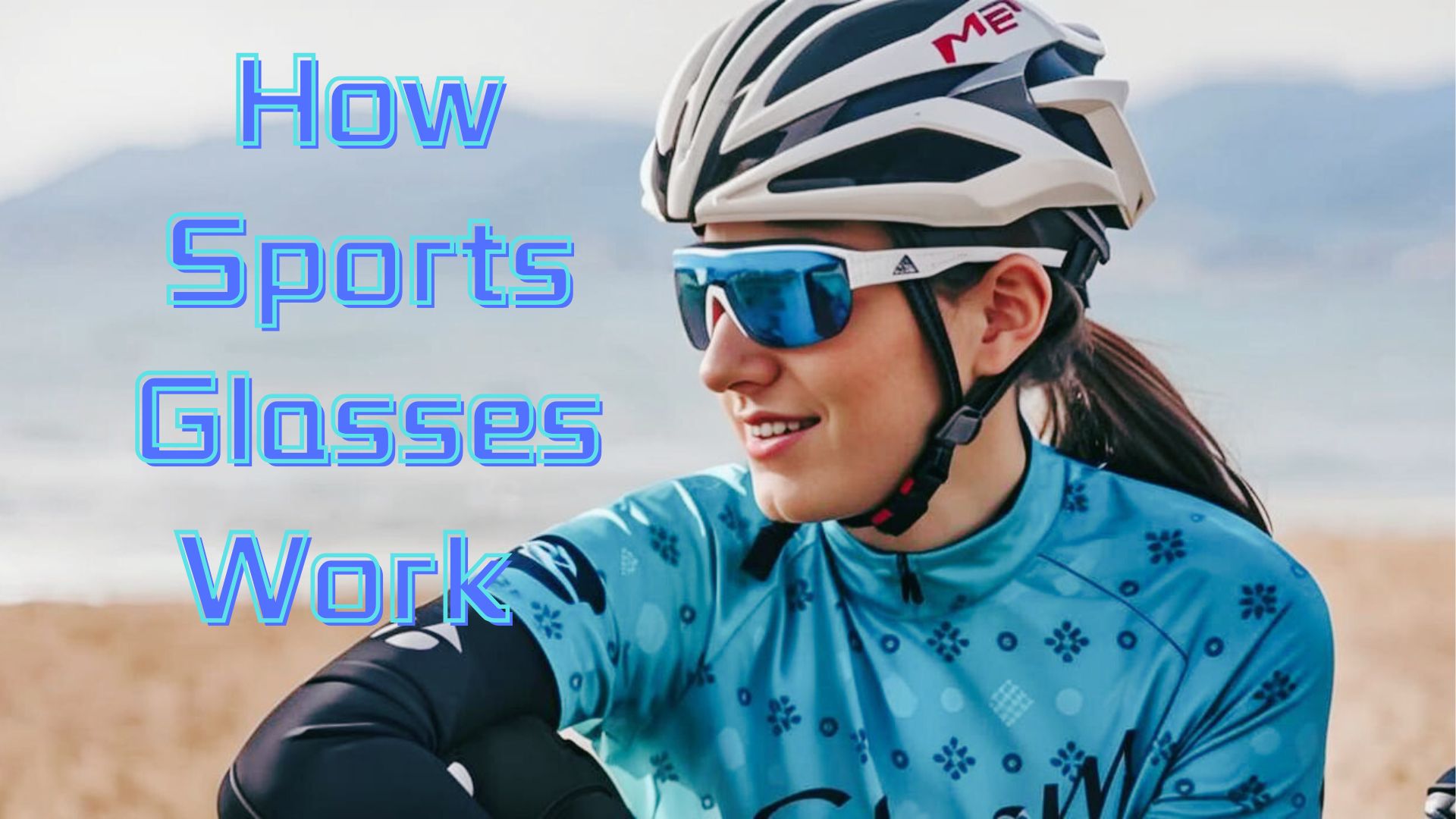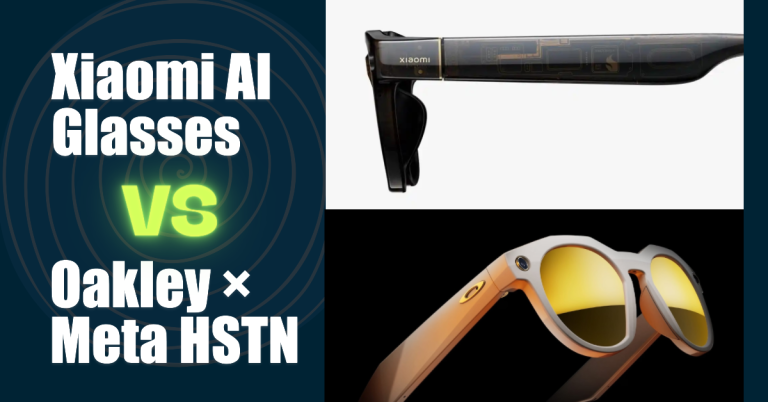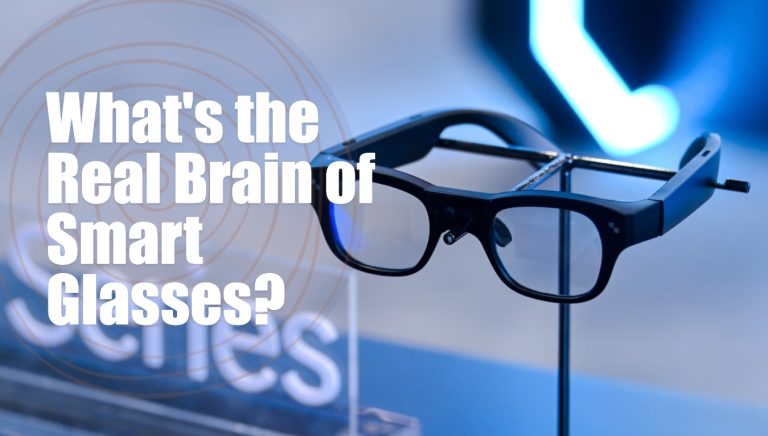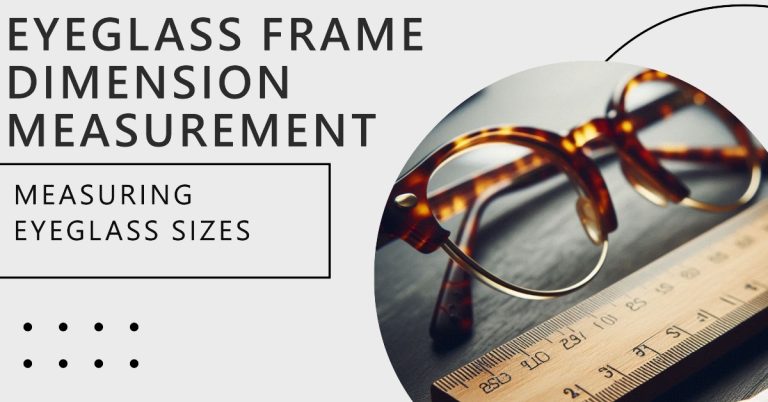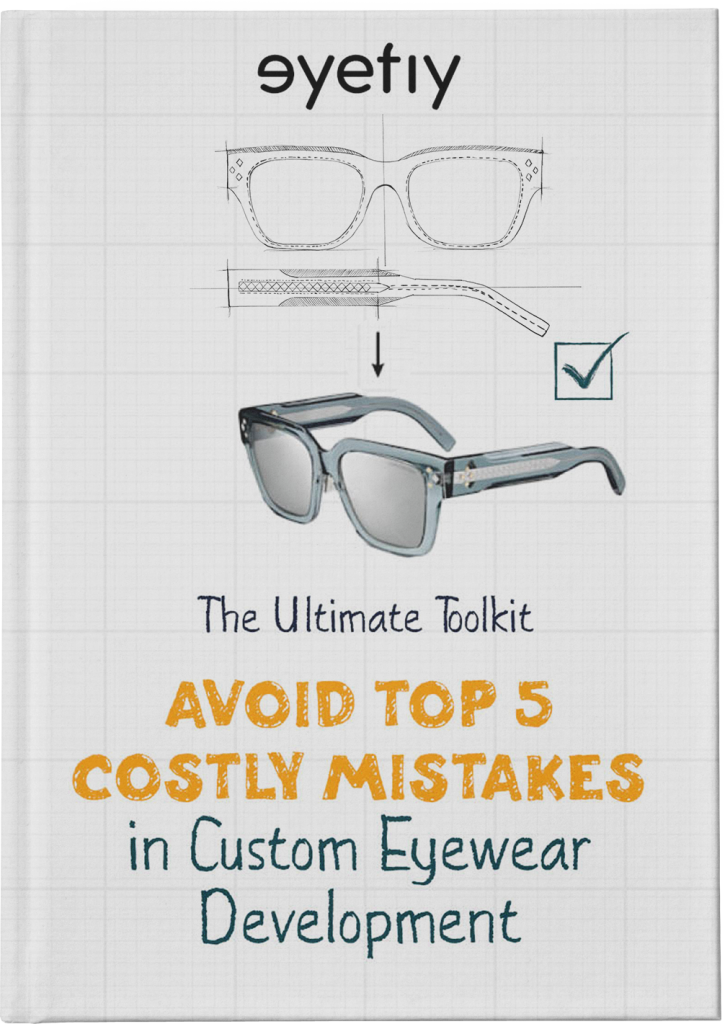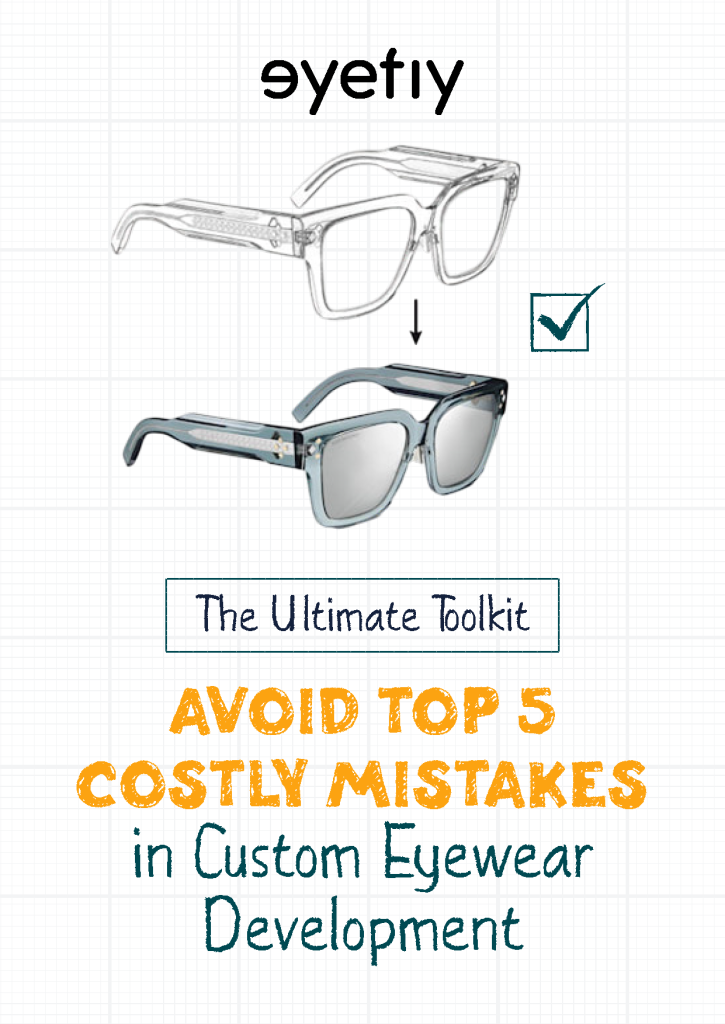Introduction
Whether you’re a professional athlete or just love playing sports on the weekends, protecting your eyes is crucial. Eye injuries are surprisingly common in sports, and the right gear can make all the difference. From soccer fields to basketball courts, the risks are ever-present. But why exactly should you invest in a pair of sports glasses? Let’s dive into why sports glasses are a game-changer for athletes everywhere and how they can help prevent common eye injuries.
The Importance of Eye Protection in Sports
Sports are thrilling, but they come with their share of risks, especially for your eyes. The incidents of eye injuries in sports are on the rise, affecting athletes’ performance and even their careers. Here’s why eye protection is essential.
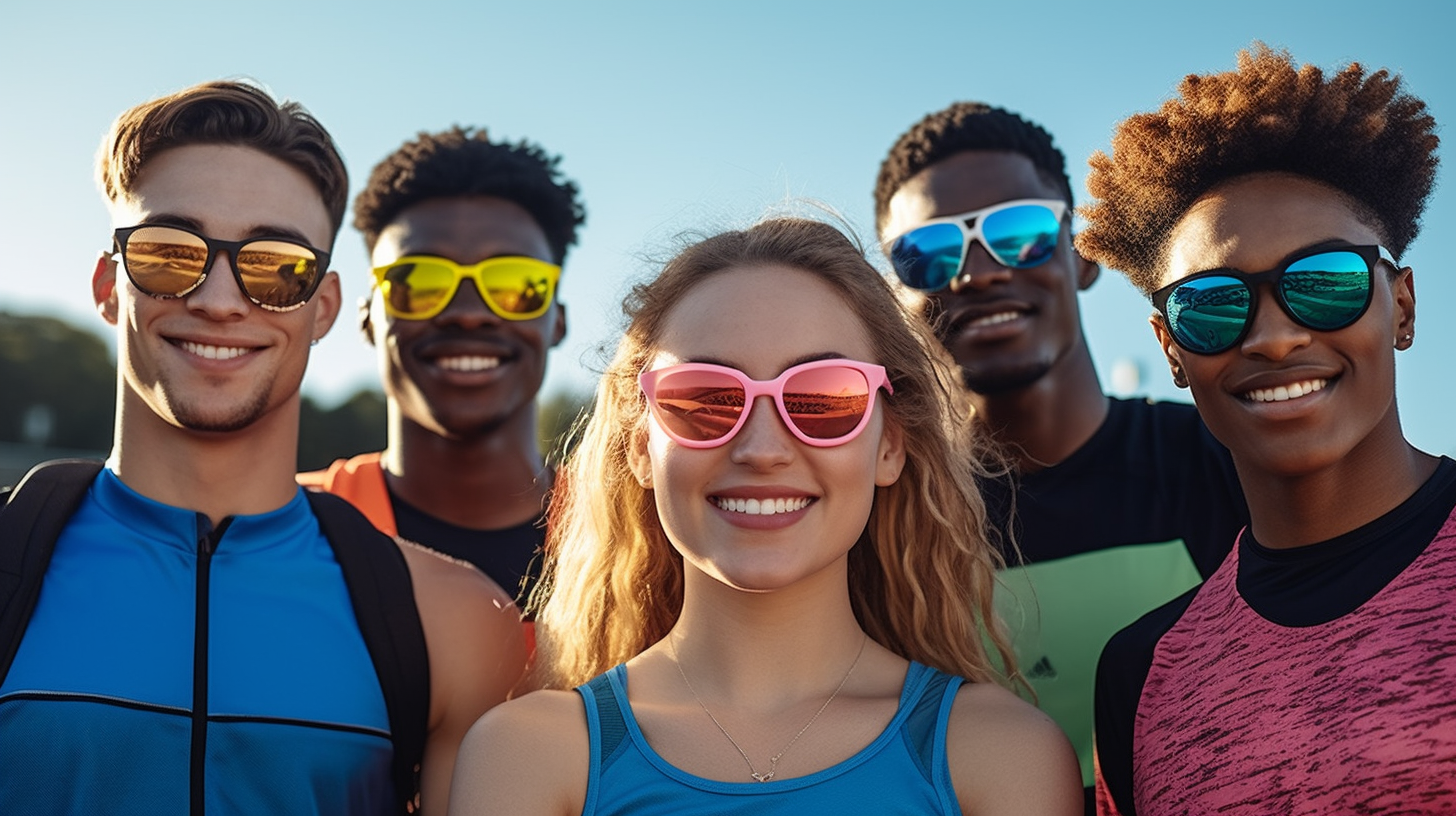
How Sports Glasses Work
Sports glasses aren’t just regular glasses. They are designed with specific materials and features to ensure maximum protection and comfort. Understanding how they work can help you appreciate their importance and make an informed choice when selecting the right pair for your needs.
Materials Used in Sports Glasses
High-impact resistant materials are at the heart of sports glasses, and polycarbonate is the most commonly used material. Polycarbonate lenses are exceptionally durable, lightweight, and shatterproof, making them ideal for high-impact sports. Unlike regular glass or plastic lenses, polycarbonate lenses can withstand significant force without cracking or breaking, which is crucial in preventing eye injuries.
In addition to polycarbonate, some sports glasses may use Trivex material, which offers similar benefits but with enhanced optical clarity. Both materials provide excellent protection from UV rays, safeguarding your eyes from harmful sunlight during outdoor activities. This UV protection is particularly important in sports like skiing, snowboarding, or cycling, where prolonged exposure to sunlight can damage your eyes.
Frames of sports glasses are also made from robust, flexible materials like nylon or rubber composites. These materials ensure that the frames can absorb impact without breaking and fit snugly on your face, reducing the risk of them falling off during vigorous activity.
Design Features for Protection and Comfort
Sports glasses come with various design features specifically tailored to provide protection, comfort, and stability during physical activities. Here are some key design elements:

Wraparound Design
One of the most distinctive features of sports glasses is their wraparound design. This style offers a wider field of vision and better peripheral protection. By curving around the sides of your eyes, wraparound glasses shield your eyes from debris, wind, and direct hits from the side. This design also helps the glasses stay secure on your face, reducing the chance of them slipping off during movement.
Padded Nose Bridges and Adjustable Straps
Comfort is crucial when wearing glasses for extended periods, and sports glasses address this need with padded nose bridges. These pads not only enhance comfort but also improve grip, ensuring the glasses stay in place even when you sweat. Adjustable straps further enhance stability, allowing you to customize the fit according to your head size and shape. These straps are particularly useful in high-motion sports like basketball or soccer, where sudden movements are common.
Ventilation Systems
Fogging can be a significant issue, especially during intense physical activity. Many sports glasses come equipped with ventilation systems designed to minimize fogging. These systems allow air to flow through the lenses, reducing moisture buildup and maintaining clear vision. Anti-fog coatings on the lenses can also be effective in preventing fogging, ensuring you have an unobstructed view at all times.
Impact Absorption
The frames and lenses of sports glasses are engineered to absorb and distribute impact energy, reducing the risk of injury to your eyes and face. The flexible materials used in the frames can bend and flex upon impact, dissipating the force and preventing damage. This feature is particularly beneficial in contact sports like rugby or football, where collisions are frequent.
Lens Technology
Advanced lens technology is another critical aspect of sports glasses. Different lens tints and coatings can enhance visual clarity and contrast, adapting to various lighting conditions. For instance, yellow or amber-tinted lenses can improve contrast on overcast days, while polarized lenses reduce glare from reflective surfaces like water or snow. Photochromic lenses, which automatically adjust their tint based on the intensity of sunlight, offer versatile protection and are ideal for outdoor sports with changing light conditions.
Prescription Sports Glasses
For athletes who require vision correction, prescription sports glasses are available. These glasses combine the protective features of regular sports glasses with your specific prescription, ensuring you have clear vision and protection simultaneously. Many manufacturers offer customizable options, allowing you to select the frame style, lens type, and any additional coatings or tints needed for your sport.
Conclusion
Sports glasses are more than just accessories—they are essential gear for protecting your eyes and enhancing your performance. With high-impact resistant materials, advanced lens technology, and thoughtful design features, they offer the perfect combination of safety, comfort, and style. Whether you’re a professional athlete or an occasional weekend player, investing in a quality pair of sports glasses ensures long-term protection and clear vision. Don’t take chances with your eye health—gear up with the right eyewear for every game!
